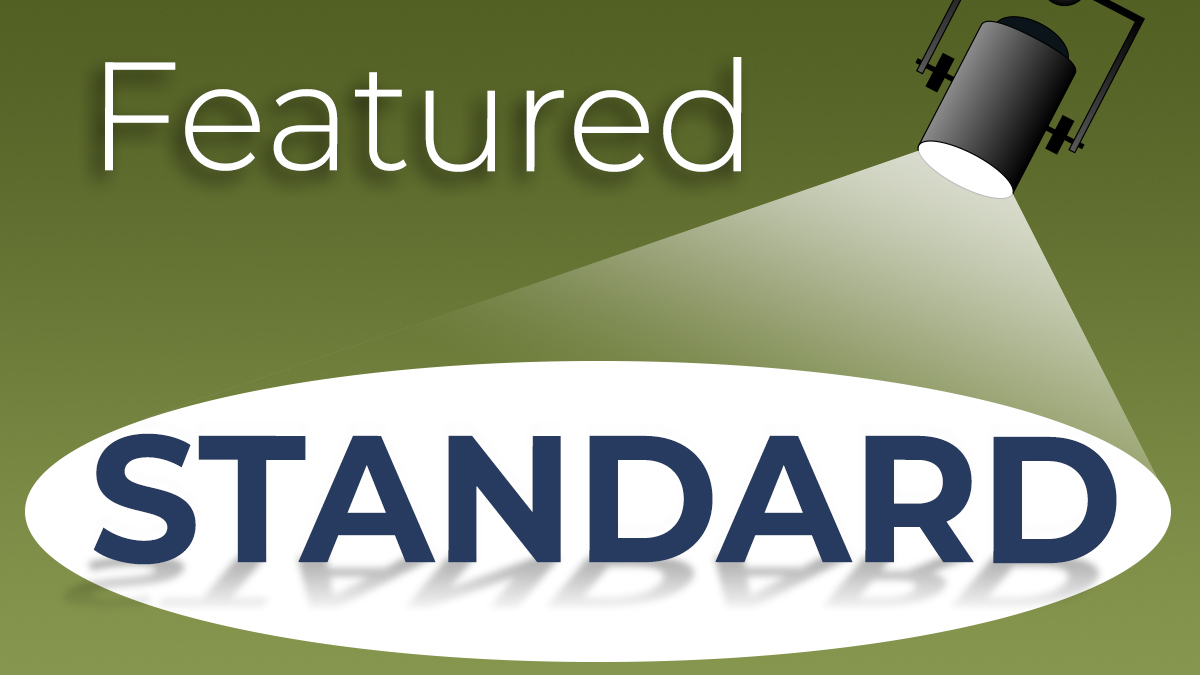
Featured Standards: CB.4 & 4.1 - Chart Audits Happen, So Be Prepared!
No one wants to be caught off guard by a chart audit. But, if proper documentation is missing from your patient charts then it can lead to some very unfortunate consequences, like not being reimbursed, and no one wants that!
Be thoughtful about your file auditing policies and procedures. Take the time to establish ongoing procedures for file auditing and monitoring of your clinical and financial records to ensure consistent compliance with all applicable payers including federal, state and private payer healthcare plans -- CB.4, Guide, pg. 64.
Be proactive and perform your own audits. This will help ensure that you get reimbursed and also cover this important FORCE CAP standard for your annual review -- CB.4.1, Guide, pg. 64.
Here are some tips and resources to help you stay organized and compliant!
- Download the Patient Chart Audit template, available 24/7 in your online Resource Pack! Simply download this form, customize it to fit your practice’s needs and train your staff on proper chart auditing procedures.
- Make sure you include meeting minutes, results of the auditing activities or other documentation to reflect ongoing monitoring and auditing of your claims and billing compliance program. Your surveyor may request these as part of a chart audit, as well as any corrective actions you may have already taken. Use the Billing Education Document in the online Resource Kit to record your findings.
If you haven’t already done so, you may also want to also consider selecting one person in your facility as your designated compliance officer. By taking the time up front to develop your compliance program you show your commitment to upholding the highest standards and, in turn, providing quality patient care!
Subscribe to ABC CredCast
 Listen on Apple Podcasts (opens in a new tab)
Listen on Apple Podcasts (opens in a new tab)
 Listen on Google Podcasts (opens in a new tab)
Listen on Google Podcasts (opens in a new tab)







